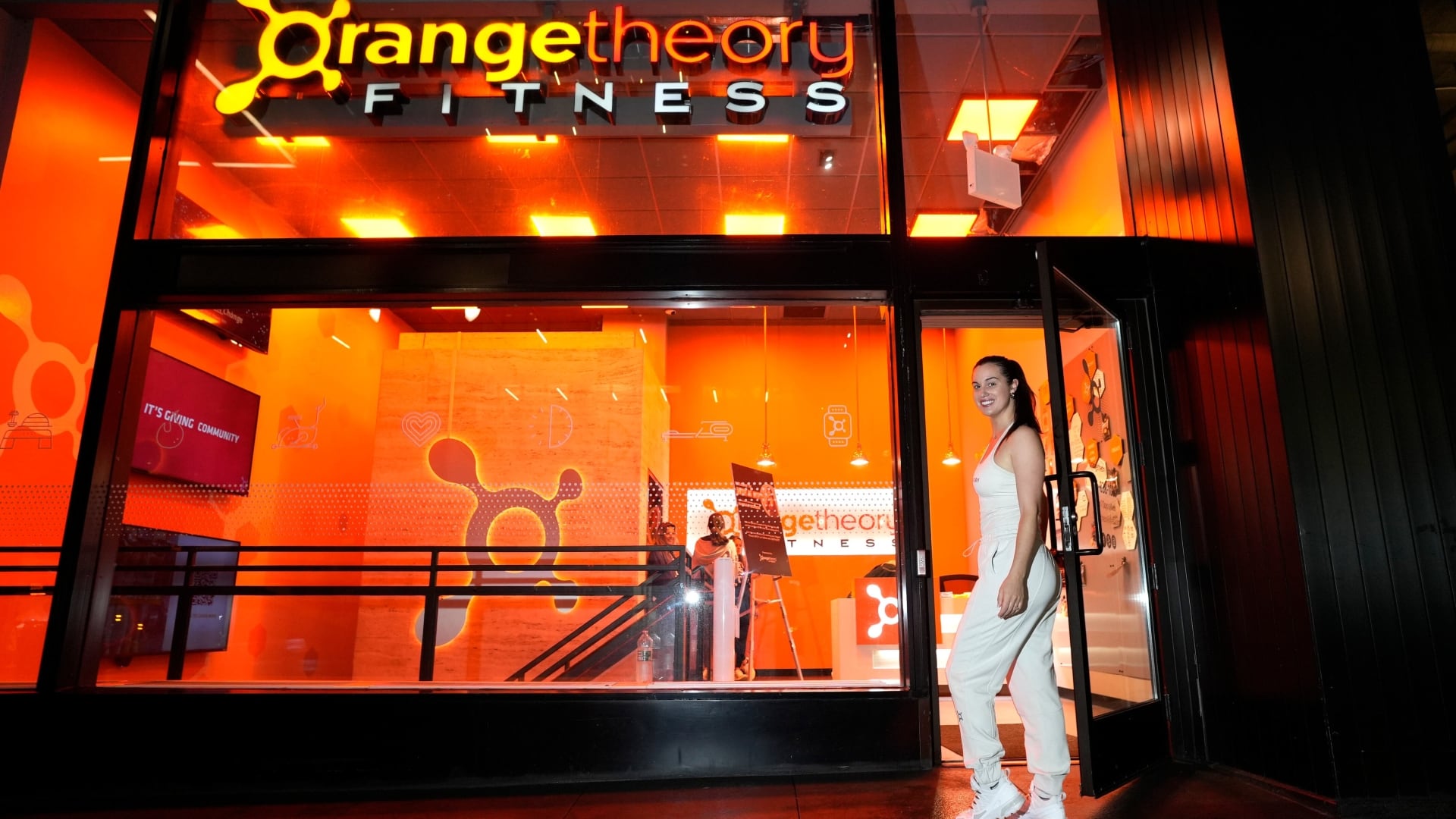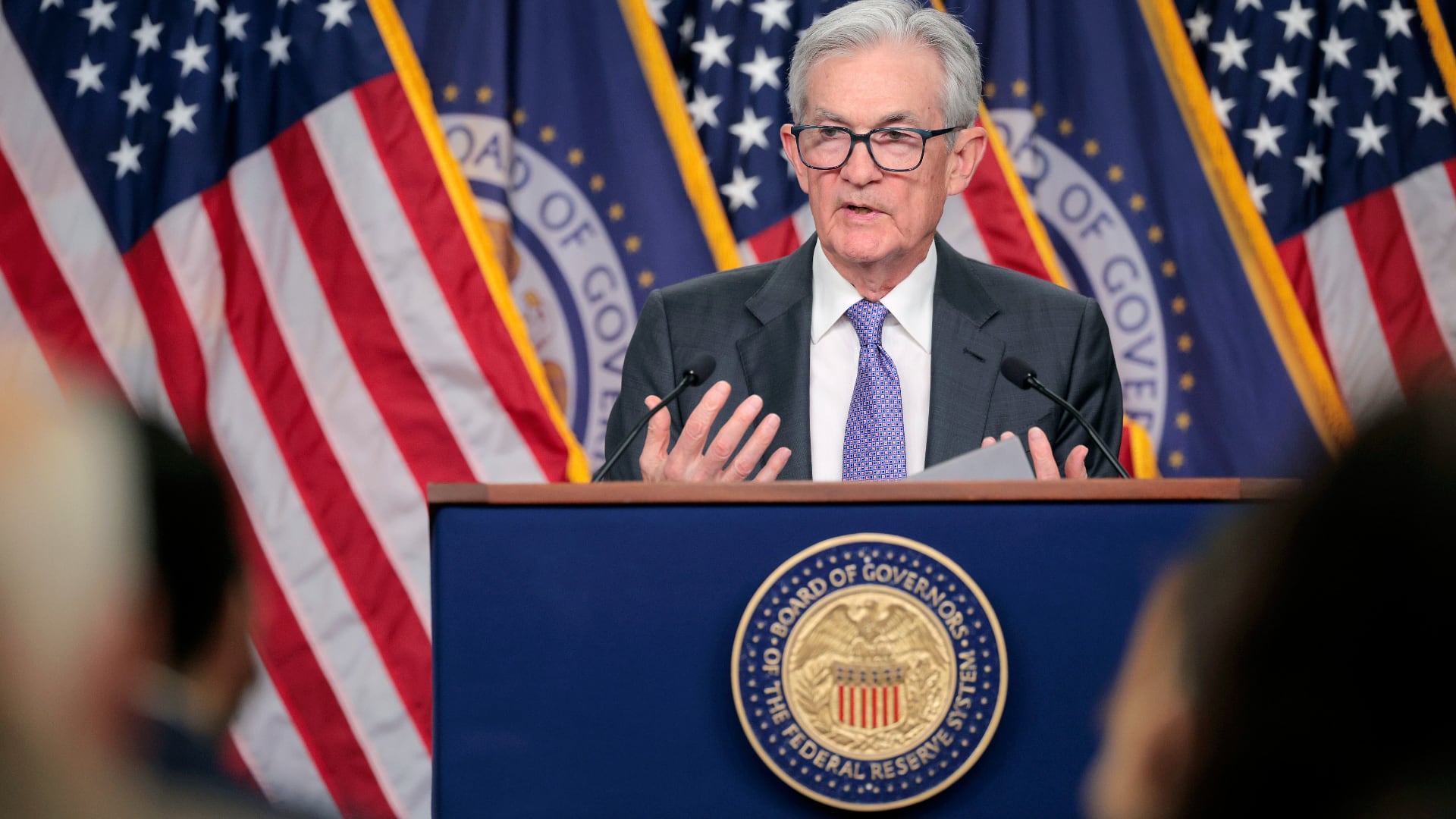WASHINGTON (AP) — Extinction is still forever, but scientists at the biotech company Colossal Biosciences are trying what they say is the next best thing to restoring ancient beasts — genetically engineering living animals with qualities to resemble extinct species like the woolly mammoth.
Woolly mammoths roamed the frozen tundras of Europe, Asia and North America until they went extinct around 4,000 years ago.
Colossal made a splash in 2021 when it unveiled an ambitious plan to revive the woolly mammoth and later the dodo bird. Since then, the company has focused on identifying key traits of extinct animals by studying ancient DNA, with a goal to genetically “engineer them into living animals,” said CEO Ben Lamm.
Outside scientists have mixed views about whether this strategy will be helpful for conservation.
“You’re not actually resurrecting anything — you’re not bringing back the ancient past,” said Christopher Preston, a wildlife and environment expert at the University of Montana, who was not involved in the research.
On Tuesday, Colossal announced that its scientists have simultaneously edited seven genes in mice embryos to create mice with long, thick, woolly hair. They nicknamed the extra-furry rodents as the “Colossal woolly mouse.”
Results were posted online, but they have not yet been published in a journal or vetted by independent scientists.
The feat "is technologically pretty cool,” said Vincent Lynch, a biologist at the University of Buffalo, who was not involved in the research.
Scientists have been genetically engineering mice since the 1970s, but new technologies like CRISPR “make it a lot more efficient and easier,” said Lynch.
The Colossal scientists reviewed DNA databases of mouse genes to identify genes related to hair texture and fat metabolism. Each of these genetic variations are “present already in some living mice,” said Colossal's chief scientist Beth Shapiro, but “we put them all together in a single mouse.”
They picked the two traits because these mutations are likely related to cold tolerance — a quality that woolly mammoths must have had to survive on the prehistoric Arctic steppe.
Colossal said it focused on mice first to confirm if the process works before potentially moving on to edit the embryos of Asian elephants, the closest living relatives to woolly mammoths.
However, because Asian elephants are an endangered species, there will be “a lot of processes and red tape” before any plan can move forward, said Colossal's Lamm, whose company has raised over $400 million in funding.
Independent experts are skeptical about the idea of “de-extinction.”
“You might be able to alter the hair pattern of an Asian elephant or adapt it to the cold, but it’s not bringing back a woolly mammoth. It’s changing an Asian elephant,” said University of Montana's Preston.
Still, the refinement of precision gene-editing in animals could have other uses for conservation or animal agriculture, said Bhanu Telugu, who studies animal biotechnology at the University of Missouri and was not involved in the new research.
Telugu said he was impressed by Colossal’s technology advances that enabled scientists to pinpoint which genes to target.
The same approach might one day help fight diseases in people, said Lamm. So far, the company has spun off two health care companies.
“It’s part of how we monetize our business,” said Lamm.
___
The Associated Press Health and Science Department receives support from the Howard Hughes Medical Institute’s Science and Educational Media Group and the Robert Wood Johnson Foundation. The AP is solely responsible for all content.













